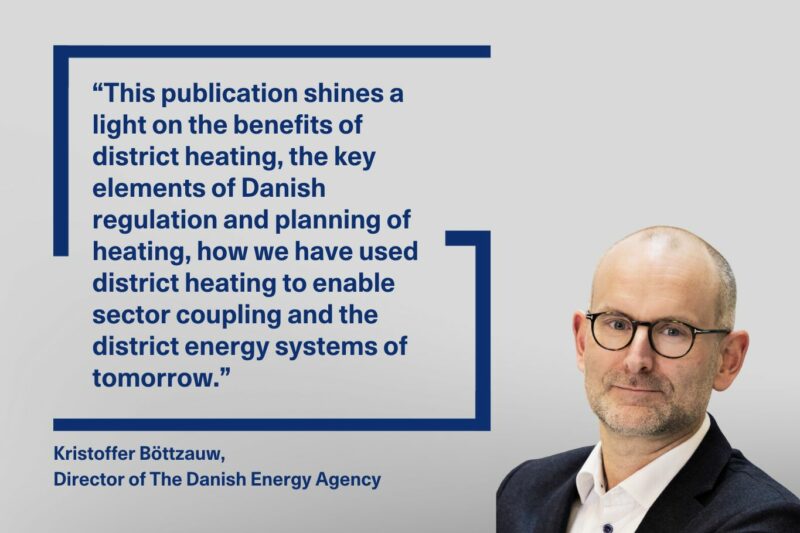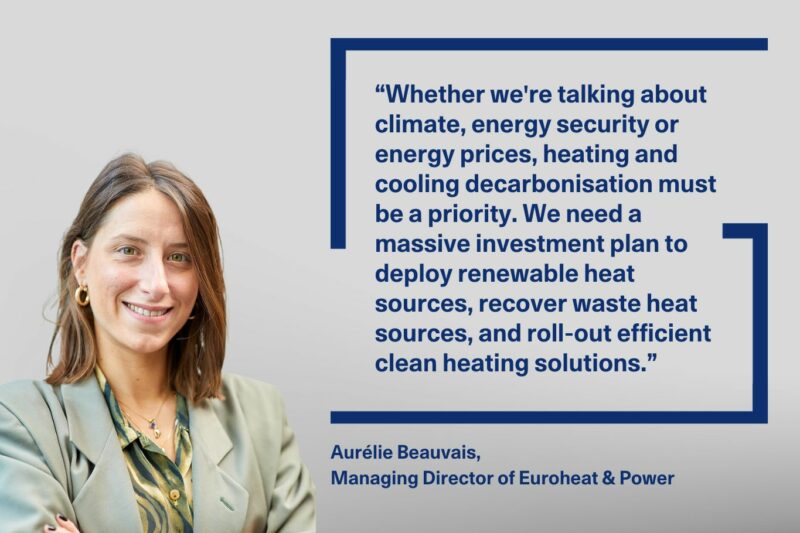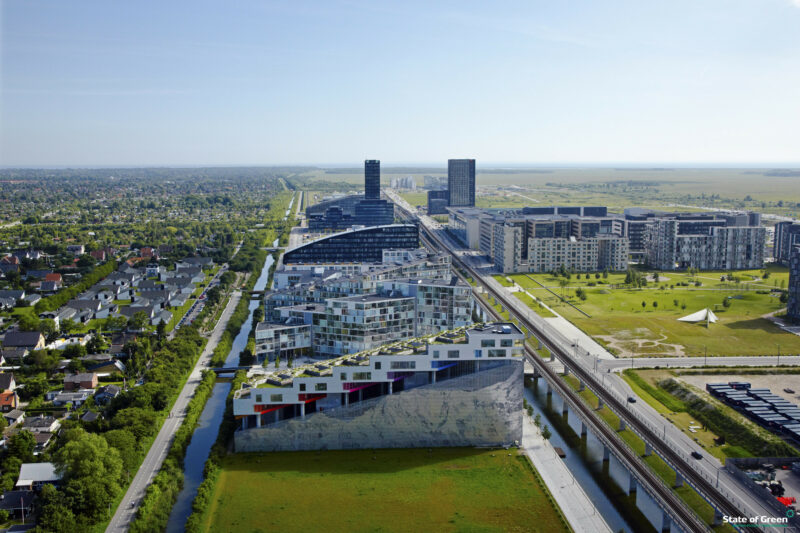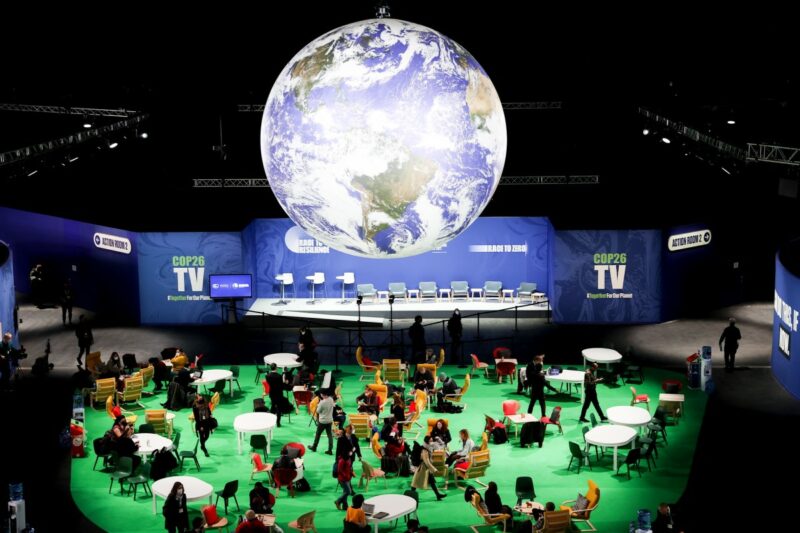News
Air pollution
Buildings
Climate change adaptation
+4
The European Union increases it commitment to the green transition
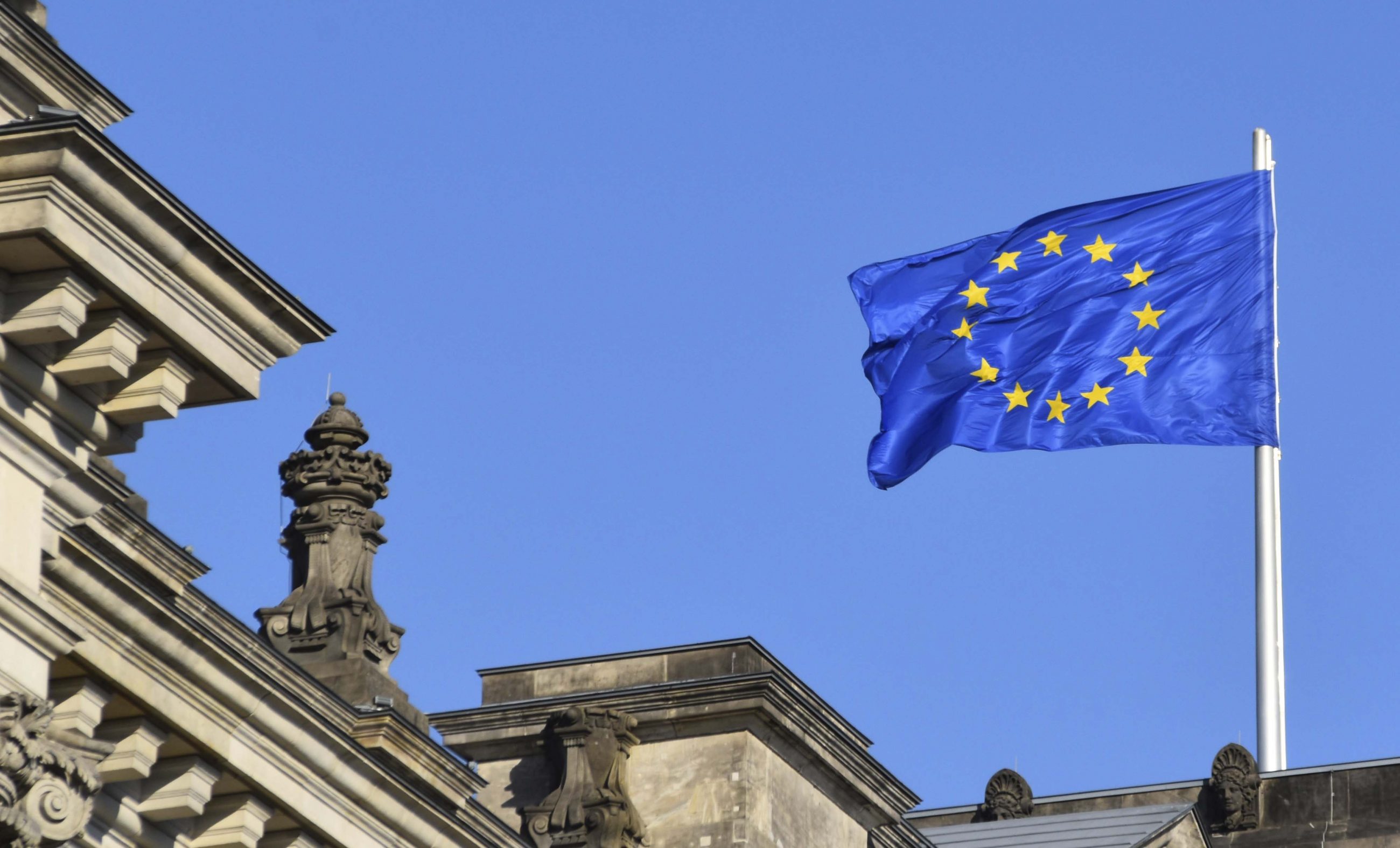

After a four-day negotiation marathon in the European Council, President Ursula von der Leyen could announce an agreement for the European budget.
Some are satisfied with the result while critics state that it should have had an even stronger focus on green transition. Either way, with approximately 30 per cent earmarked for sustainable development the fact is that the European Union has never agreed on a budget this green.
The agreement covers two overall parts: the European budget for 2021-2027 and a recovery package following the COVID-19 crisis.
European budget prioritising the climate
The European Union’s budget for the next seven years amounts to EUR 1,074 billion. Although numbers are still being crunched, it is already now clear that around 30 per cent of the budget is earmarked for climate change mitigation efforts, up from 20 per cent in the current budget. Additionally, the budget agreement states that no new investments funded by the EU budget must be spent on activities that may be damaging to the environment. This means that the remaining 70 per cent of the budget cannot be invested in e.g. coal or oil.
Furthermore, the agricultural subsidies will be raised from 30 to 40 per cent.
EUR 750 billion recovery package
In the aftermath of the corona crisis, enormous amounts of money are being pumped into the European economy in the shape of restauration funds. From a Danish perspective, the hope was that they would be targeted at boosting the Union’s sustainable development in support of the European Green Deal, which was passed in December 2019.
The agreed-upon EU recovery package will amount to EUR 750 billion: 390 billion for donations and the remaining 360 billion for loans with conditions. The funds will primarily be granted to those European countries that have struggled the most with the coronavirus and its societal impact. With a minimum of 30 per cent of the package earmarked for climate-related investments, the distribution of funds will emphasise the countries’ climate and digitalisation plans.
Focus on green solutions is an opportunity for Denmark
In accordance with the Paris Agreement, the EU has committed to limiting global warming to maximum 2 degrees Celsius, preferably 1.5. Furthermore, the union has committed to be climate neutral in 2050. Whether or not the new budget is enough for the EU countries to follow through on these goals is still up for debate.
Several actors in the Danish industry and climate sector see the new agreement as a game-changer in a positive direction:
“There was a general consensus to prioritise the green investments and we actually see this is a positive surprise. For a long time, there have been strategies and ambitions in the EU, but now the budget is settled,” said Kresten Ørnbjerg Christensen, Head of Public Affairs at sustainable energy solutions company Vestas to Danish newspaper Børsen (in Danish, subscribers only).
At the Confederation of Danish Industry (in Danish), International Director, Thomas Bustrup, is also optimistic:
“We are pleased that the EU countries stand together to handle this very serious economic crisis. As a small, open economy, we are heavily reliant on the development in the other European countries. When Europe is doing well, Danish companies also do well. Now it is all about getting the recovery package activated as soon as possible to get the growth and exports going. It is essential that the EU prioritises the green and digital transition.”
“The big burden still lies with member states. But the EU is sending a quite strong signal to the rest of the world that green concerns are now completely integrated in the way we handle the crisis situation after COVID19. If China and the US were to act like the EU, the world would be a better place,” Connie Hedegaard, chair of Danish green think tank Concito, told Danish newspaper Jyllands-Posten (in Danish, subscribers only).
An added benefit from a Danish perspective is that some of the money from the budget and the fund will go into renewable energy projects in other European countries which may very well look to Denmark for solutions. This could create jobs and exports in the Danish clean-tech sector. That way, Danish tax money would be sent to Brussels and from there continue to other parts of Europe – and after this return to Denmark when other countries invest in technology from Danish companies.
The EU package must first be approved by the EU Parliament and thereafter by the member states in order for the new budget frame and the recovery package to enter into force on January 1, 2021.
Souce: Energy Watch (subscribers only)
You should consider reading
publications
Combined heat and power production
+9
